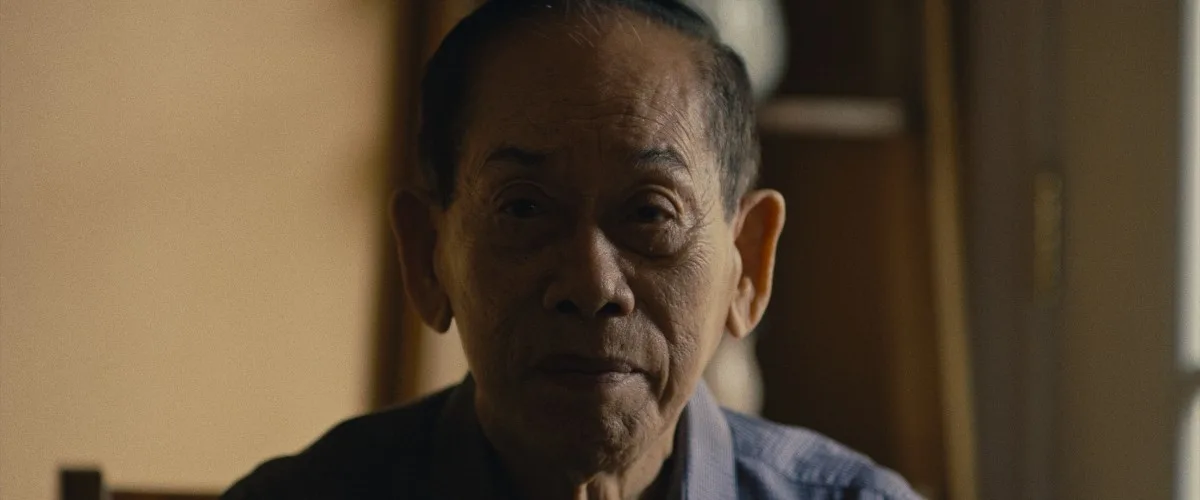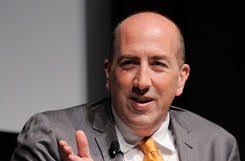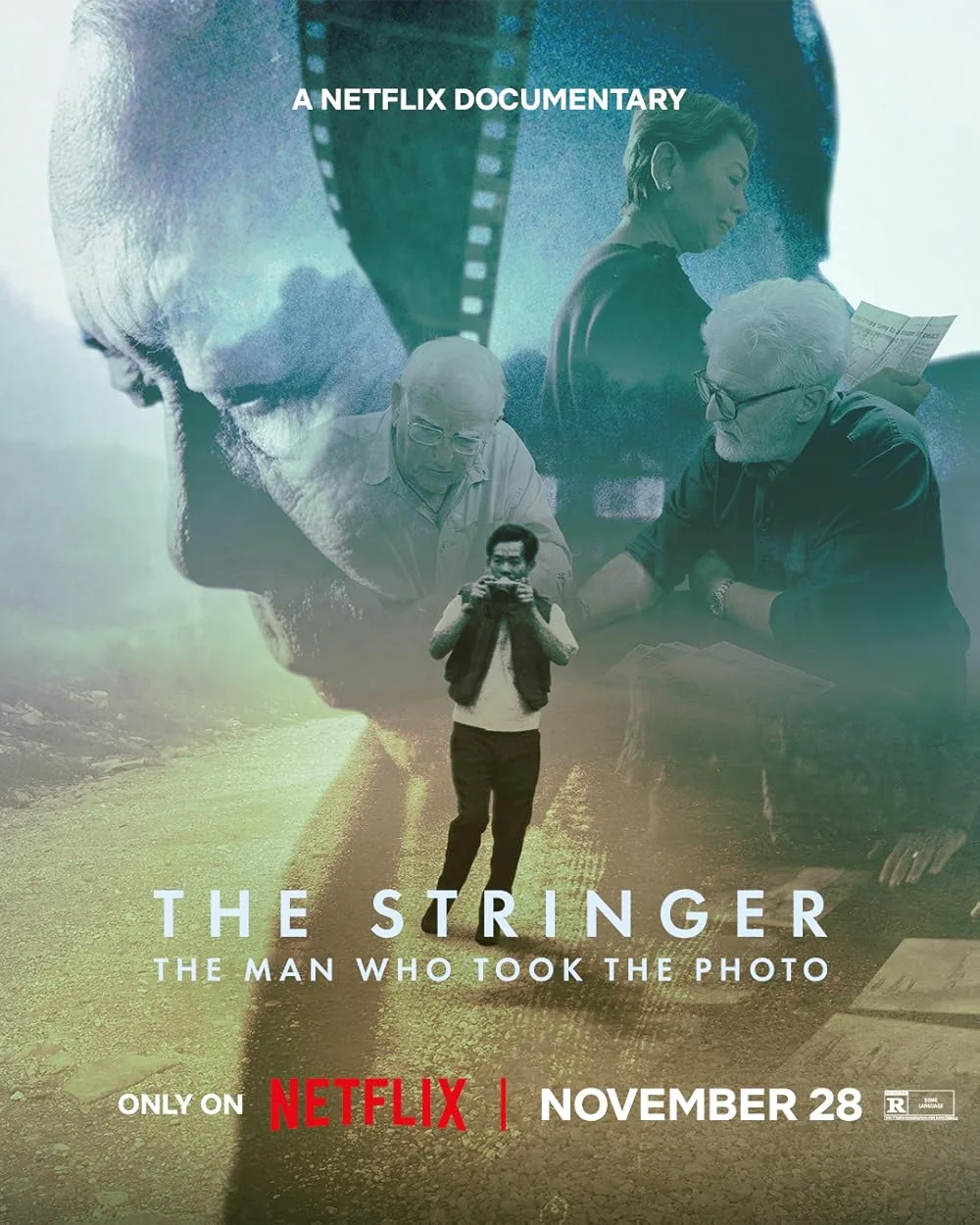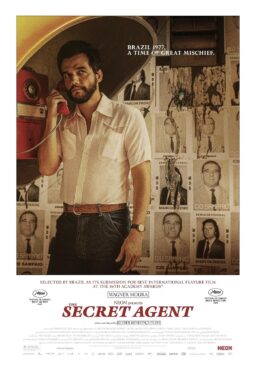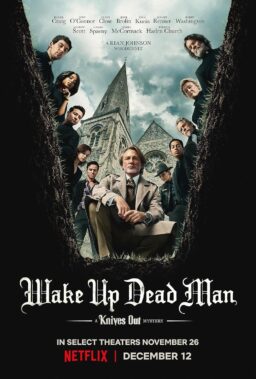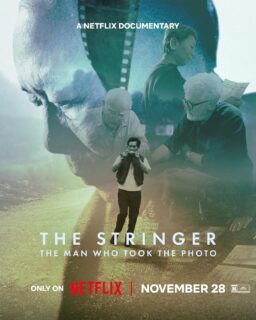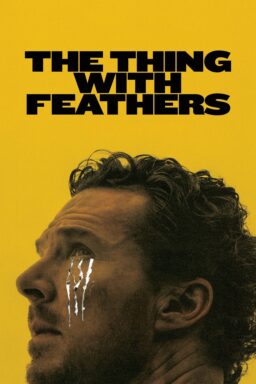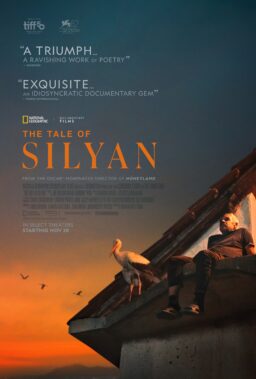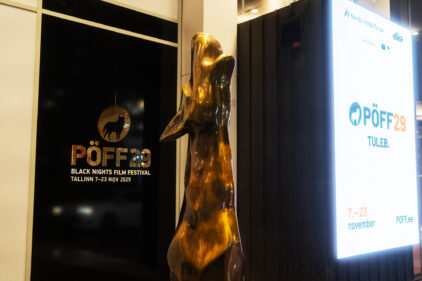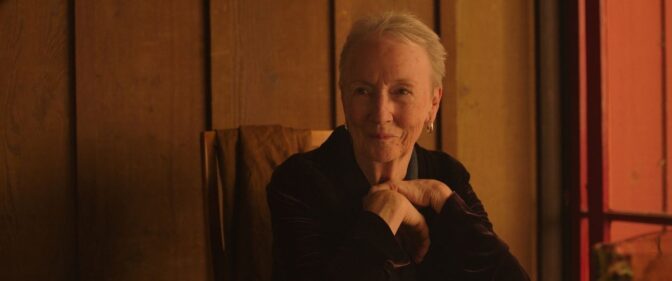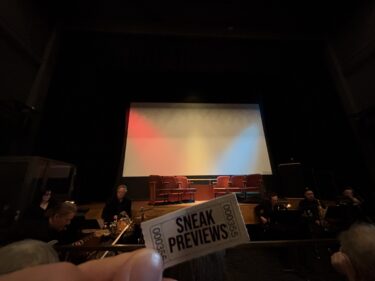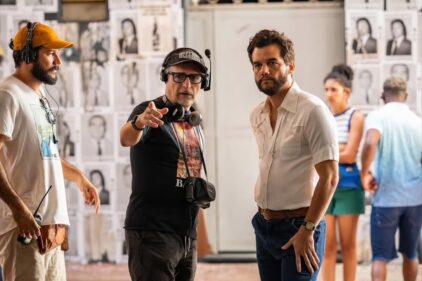One of the most emblematic (it would be obscene to call it “iconic,” I think) images to come out of the Vietnam War is a scene of children running from the site of a napalm attack—a bombing run in which South Vietnamese planes accidentally hit their own civilians. The photo’s most horrific focal point is of a naked young girl, arms extended, running and screaming. Her clothes are off because they were burning. In other photos of the scene, terrible burns on her back are visible.
In “The Stringer: The Man Who Took the Photo,” a fascinating and disquieting documentary directed by Bao Nguyen, we are reminded that the girl, Kim Phuc, survived that horror and went on to become a kind of ambassador for peace. There’s footage of her presenting the photo, sometimes titled “The Horror of War,” to Pope Francis, with the man credited with taking the picture, Nick Ut, by her side.
The movie begins with one photographer saying, “When you’re photographing with film, there’s always some mystery…but what you do know is what you didn’t take.” This statement proves to be indirectly damning as the film unravels a peculiar, multi-layered tale.
The British photographer Gary Knight serves as a docent to the viewer. Through him, we meet Carl Robinson, who was a photo editor for the Associated Press in Saigon in 1972. He narrates his day, June 8, 1072, coming back from a late lunch, looking at photos, seeing the shot that the whole world would see, and passing on it, thinking “we really can’t use nudity” and opting for a Ut photo from a side angle; Robinson wanted to use that shot because it was “discreet.” He was overruled by his boss Horst Faas, remembered by Robinson as “a real pro” with a “world-class lab.” “Make it Nick Ut, make it staff,” Faas told him, according to Nguyen’s documentary.
“Those words have been with me the rest of my life…I struggle with that…,” Robinsons says. As he joins Knight to find the stringer who actually took the picture, he reflects, “Sorry isn’t enough…but an apology is the best thing I can do at this stage.”
What follows is a detective story with profound ethical implications. Western journalist Fiona Turner and Terri Lichstein set out with the immediate feeling that “We’re never going to be able to find that guy.” Carl Robinson recalls getting serious pushback from Pulitzer Prize-winning Vietnam journalist Peter Arnett, who all but threatened to destroy his reputation.
In the meantime, Nick Ut became a star and the subject of a 2021 documentary called “From Hell to Hollywood.” He’s touted as a genuine hero; he’s the man who took Kim Phuc to a hospital where she was treated for her injuries. The viewer recoils with horror as the movie unpeels the story like an onion. Is it all myth? And what’s the actual story of the picture?
“There is a whole side of this story that is not being recorded…and that’s the person who took the picture? And from the day he took the picture was excluded from reality?” So asks Robinson’s colleague Tom Fox. The resultant uncovering is moving, and I won’t spoil it here. But what comes across most vividly in this movie, ultimately, is the fact that what happened almost half a century ago is a trauma that still weighs heavily on the people of Vietnam. And many Americans.

